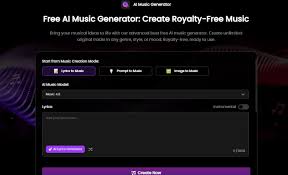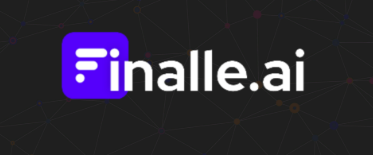Artificial intelligence is transforming music production, enabling creators to generate high-quality tracks in seconds. From cinematic orchestral scores to futuristic synthwave, AI music tools are expanding creative possibilities. In this article, we explore the most popular AI-generated music genres and how they’re being used in games, films, and digital media.

1. Cinematic & Orchestral
AI excels at creating epic orchestral music, making it a favorite for game developers and filmmakers. Tools like AIVA and Boomy generate sweeping soundtracks with realistic strings, brass, and percussion—perfect for RPGs, trailers, and fantasy worlds.
Best for: Game soundtracks, movie scores, trailers.
2. Electronic & Synthwave
AI-powered platforms like Mubert and Soundraw specialize in electronic beats, retro synthwave, and futuristic cyberpunk vibes. These genres are ideal for indie games, sci-fi projects, and background music for streams.
Best for: Cyberpunk games, futuristic themes, EDM tracks.
3. Lo-Fi & Chillhop
AI-generated lo-fi beats are surging in popularity, thanks to their relaxing, repetitive nature. Apps like Amper Music and Ecrett Music can produce smooth jazz-hop instrumentals with ease—great for study playlists, casual games, and café vibes.
Best for: Relaxation apps, casual games, background music.
4. Ambient & Atmospheric
AI tools like OpenAI’s Jukebox can craft haunting ambient soundscapes, perfect for horror games, meditation apps, and immersive storytelling. These tracks often feature evolving drones, soft pads, and subtle textures.
Best for: Horror games, ASMR content, meditation apps.
5. Rock & Metal
Believe it or not, AI can now generate full rock and metal tracks, complete with guitar riffs, drums, and basslines. While still evolving, tools like Soundful and Loudly are making strides in replicating high-energy genres.
Best for: Action games, rhythm games, indie rock projects.
6. Hip-Hop & Trap
AI-generated hip-hop beats and trap instrumentals are widely used in gaming montages, urban-themed games, and social media content. Platforms like Boomy and Soundraw offer customizable drum patterns and basslines.
Best for: Urban games, sports highlights, influencer content.
7. 8-Bit & Chiptune
Nostalgic 8-bit and chiptune music is a perfect match for retro-style games. AI tools like ChipGAN and Magenta Studio can generate authentic NES-style bleeps and bloops with minimal effort.
Best for: Retro indie games, pixel art projects, demoscene music.
8. World & Ethnic Fusion
AI can blend traditional instruments with modern production, creating world music hybrids. Whether it’s Japanese koto melodies or African drum rhythms, AI tools like Soundful help composers experiment with global sounds.
Best for: Cultural games, travel vlogs, documentary soundtracks.
9. AI Vocal Tracks (AI Singing & Rapping)
With advancements in AI voice synthesis (like Vocaloid and Synthesizer V), we now have fully AI-generated singers and rappers. This tech is being used in rhythm games, virtual idols, and even AI-powered bands.
Best for: Vocal tracks, VTuber music, AI-generated artists.
10. Hybrid & Experimental
AI is pushing boundaries by generating genre-defying music—mixing classical with glitch, or jazz with electronic. Tools like Google’s NSynth allow for entirely new instrument sounds, opening doors for avant-garde projects.
Best for: Experimental games, art installations, AI music research.
Final Thoughts
AI-generated music is no longer a novelty—it’s a powerful creative tool for composers, game developers, and content creators. Whether you need a cinematic orchestral score or a lo-fi beat, AI can help you produce professional-quality tracks faster than ever.
Which AI music genre interests you the most? Let us know in the comments! ??








